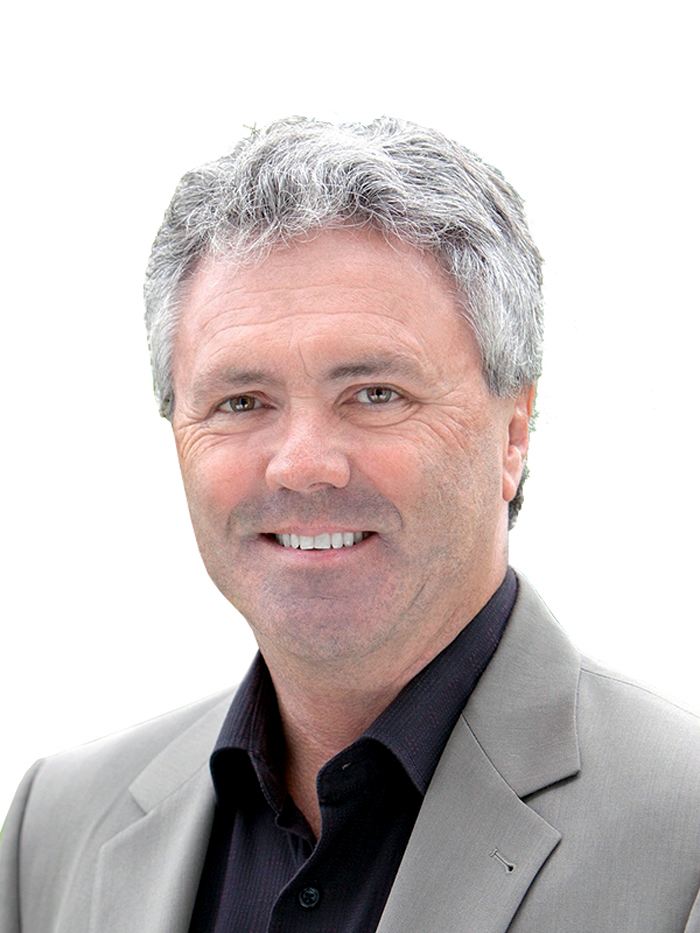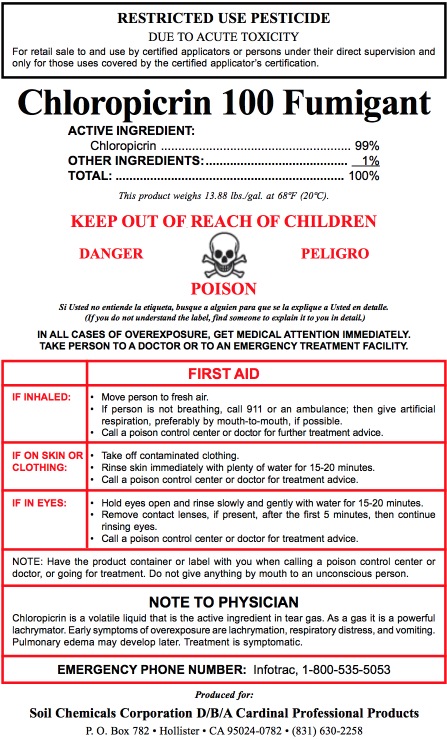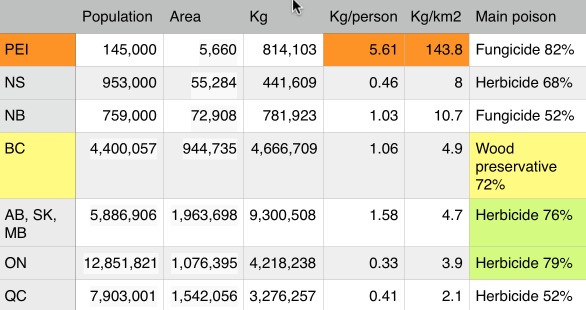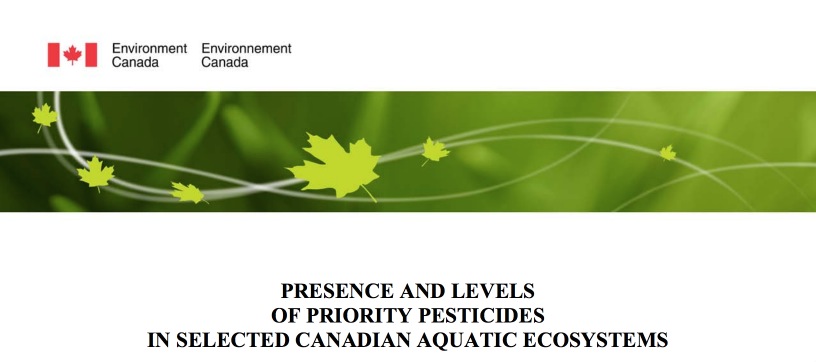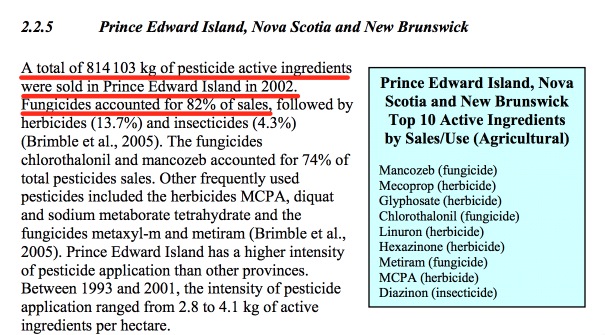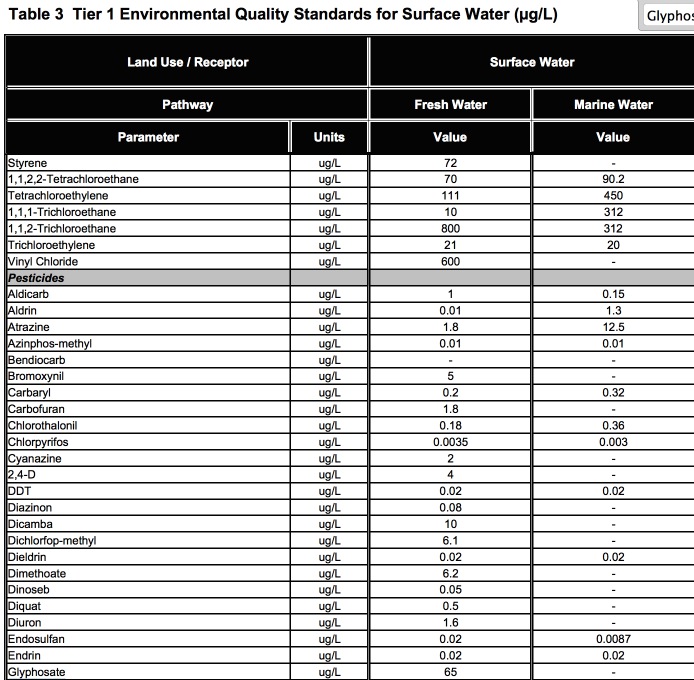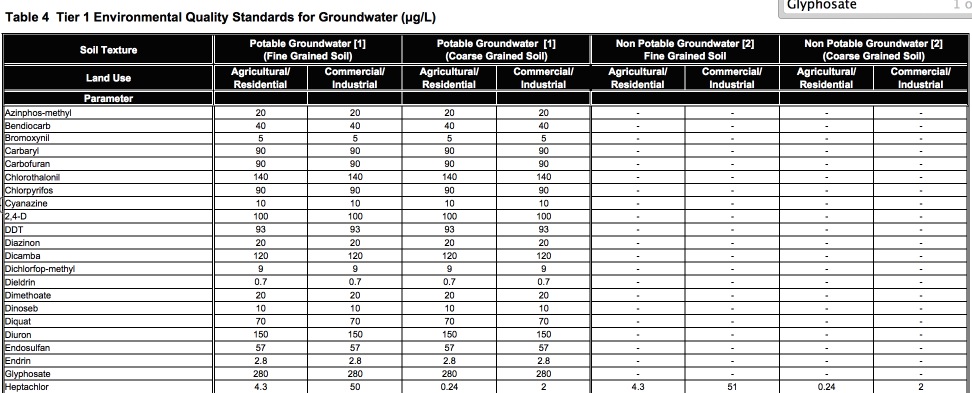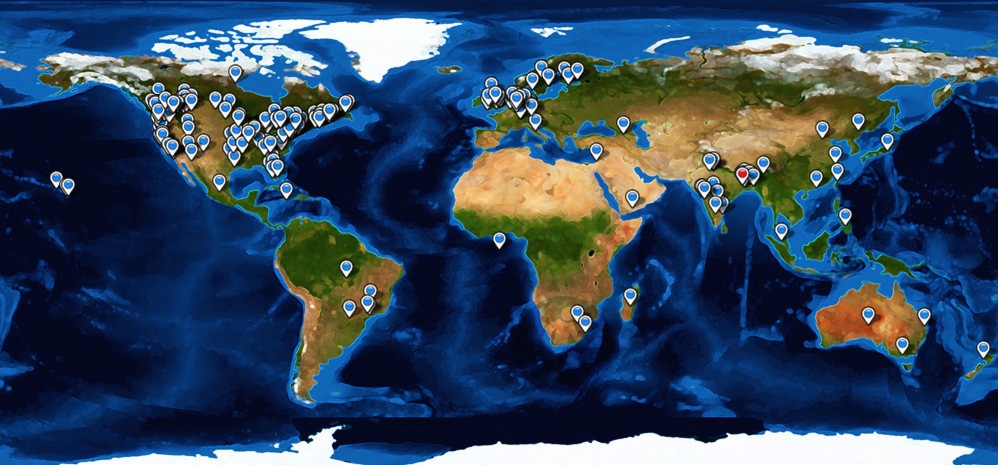The March Against Monsanto itself has been evolving the world over. In Vancouver, the march started from its usual location – Vancouver Art Gallery and ended back there. This time there were six speakers before the march and then there were a singer and a closing speaker at the end of the March.
 My wife and later myself filmed most of the speakers, including myself, before the march.
My wife and later myself filmed most of the speakers, including myself, before the march.
Although I have some video clips of the march itself, I have not had the time to stitch them into a meaningful collage.
Here, I am putting up the clips of the speakers prior to the commencement of the march, all linked to U-Tube, all filmed by me or Anuradha.
The task at hand now is to organize ourselves for some of the immediate work – such as handling the Glyphosate testing issue – or to ascertain what other chemical one should test against.
There may also be a need to put all the analyzed data into some sort of a database, to make sense of later on. I am willing to do it initially, but not using any database software (don’t have the time), but perhaps into a giant spreadsheet, or worksheet.
We may need to form a volunteer group that are willing to work on this. A lot of folks showed interest in doing so at the Vancouver Art Gallery where I broached the subject. We do not have a group specific email list, or a separate FB page or other platforms where this can be stored, viewed, discussed, explained or advertised. All that might need to happen.
Perhaps there is a need for airing out views on this on a few conference calls. People with Skype account comes first to mind. Google hangout is another possibility. I do not have a conference call facility with my telephone provider, nor a subscription to specific conference call service providers, which usually involve a monthly paid subscription. Anyhow, these are issues worth thinking through.
Then there is also the question of what to test, how to test, and who should monitor the process, as well as bulk pricing against individual pricing.
Dr. Anthony Samsel and Dr. Stephanie Seneff have reportedly offered a service for the people of PEI, Canada, for a pilot study on a small group of target people for long term study of adverse effect on people through exposure of Glyphosate. I am not certain at this point if the study will include exposure to other biocides. PEI is an interesting case. It is a relatively isolated island with a small population, and heavily burdened with biocides, both in the past and at present. However, Glyphosate may not be the most used poison there. 82% of the current biocide load appears to come from a fungicide used on the potato fields.
The product most used as a desiccant on the potato fields in PEI is reportedly Syngenta’s Reglone, with uses the active ingredient diquat, as a contact killer through cell membrane disruption and photosynthesis inhibition.
I know some dairy farmers in PEI cannot grow their own cattle feed and purchase it from special cattle feed producers, who may be growing or using GM corn and soy for this purpose. Therefore, Glyphosate is likely to be in the diet of these dairy cattle, and could therefore me present in the milk. This of course is not typical of just PEI, but across Canada, and opens an opportunity for independent citizen’s action groups having dairy milk tested for glyphosate from select areas. I know the Dairy farmers in the Comox Valley in Vancouver Island are using this method.
Interstingly, Syngenta’s Reglone, with its diquat, is used by the Canadian Govt on surface water reservoirs used for drinking throughout the Canadian prairie, and possibly elsewhere.
What is even more interesting, or disquieting, is a report I have read, by Hans Peterson, Senior Research Scientist, Saskatchewan Research Council, Saskatoon, Saskatchewan – that says “average treatment concentration of diquat is around 1,000 ug per litre of dugout water. The Canadian Drinking Water Guideline for diquat is 70 ug per litre. The federal government restricts consumption of diquat treated water for 24 hours. It is, however, likely that a treatment concentration of 1000 ug per litre has not decreased to 70 ug per litre 24 hours after treatment.”
I further learned from Hans Peterson’s report that the US EPA, no saint themselves, allow only 10 ug/litre and do not allow it to be consumed before 14 days have passed.
The European Union, apparently, allow only 0.1 ug/l.
I am as a result looking for a chance to speak with Hans Peterson, but do not know his contact details, or if he likes to be contacted on this issue. I would appreciate if anyone can trace him or help me contact him on this issue. I intend to learn a bit more about this desiccant that is also used on drinking water across Canada.
Then there is the issue of wood preservatives in British Columbia. I shall get to it later on. For now, this is a quick note from me, on issues that are before us, in Canada as well as Globally. Since our Government is not showing sufficient concern and not conducting wide ranging tests on how much of these man made poisons are entering into our ecology and our persons, the task it left for the people to handle.
I have no doubt in my mind that GMO and pesticides are not just a health hazard, but are part of a design to undermine Canada’s very independence and democratic underpinnings, and convert it into a colony to be made profit from, by a handful of corporations. I have no doubt in my mind that the solution will have to come through political action of the people, and not through polite academic debates on policy. There is also mounting evidence that science is now censored and there is little freedom of press left. The media is not as much corporate controlled as is education.
So, the citizens need to take back control of the political process. Sooner or later, something has to give, because the current trend is only heading towards a cliff.
Here are the MAM Vancouver speakers videos:
1. Kenneth Young
[youtube N7t7K5e3XP0]
2. Tony Mitra
[youtube dOADhM-Ennw]
Another – Official version
[youtube ArURGIx_x3c]
3. Teresa Lynne
[youtube UJqIQ10JL70]
4. Daniel Bissonnette
[youtube mGhRuO0JMzY]
5. Harold Steves
[youtube XVHaBaZJVXw]
6. Lili Dion
[youtube cQ-ODb–AA8]


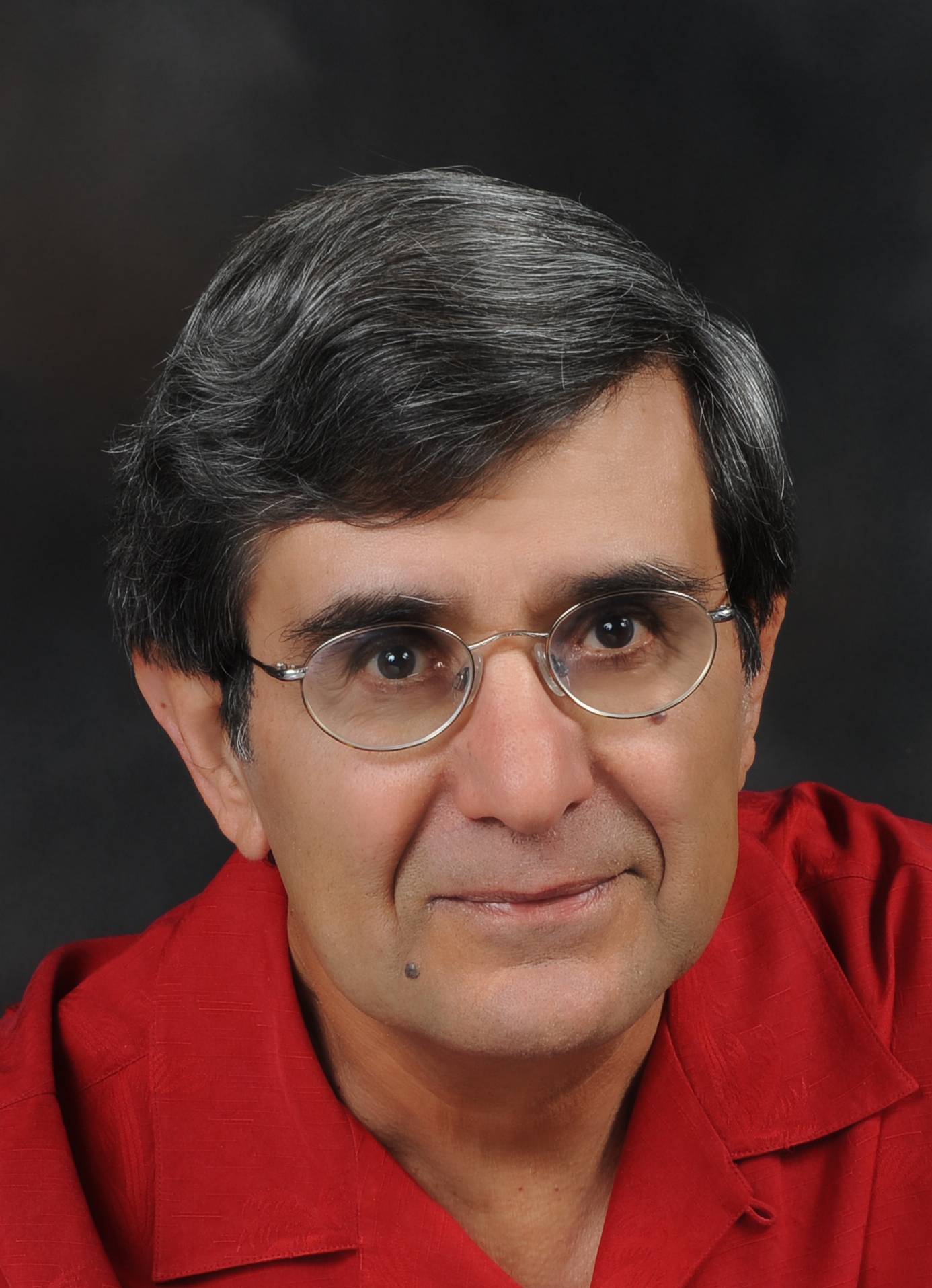 As the title says, Evaggelos Vallianatos, along with Mr. M. Jenkins co-authored the book on EPA, and how the organization has been literally captured by the toxic chemical industry, to the disadvantage of the average American, and by extension, of the people the world over.
As the title says, Evaggelos Vallianatos, along with Mr. M. Jenkins co-authored the book on EPA, and how the organization has been literally captured by the toxic chemical industry, to the disadvantage of the average American, and by extension, of the people the world over.
 What I learned in the process is that the dozen or so labs in Canada that have the accreditation for testing for Glyphosate, none seem prepared to test its presence in any sample except water and soil. Urine, blood or milk from nursing mothers or cows cannot be tested. I told him of me being puzzled and wondering if Health Canada at all has imposed any acceptable limit of concentration of Glyphosate in humans, and if they do – what is that limit. More importantly, how do they test it if no lab in Canada can do that? If on the other hand, Health Canada has not set any limit of concentration in humans, and in effect considers any level of accumulation is fine – then why set a limit for potable water in the first place ?
What I learned in the process is that the dozen or so labs in Canada that have the accreditation for testing for Glyphosate, none seem prepared to test its presence in any sample except water and soil. Urine, blood or milk from nursing mothers or cows cannot be tested. I told him of me being puzzled and wondering if Health Canada at all has imposed any acceptable limit of concentration of Glyphosate in humans, and if they do – what is that limit. More importantly, how do they test it if no lab in Canada can do that? If on the other hand, Health Canada has not set any limit of concentration in humans, and in effect considers any level of accumulation is fine – then why set a limit for potable water in the first place ? My wife and later myself filmed most of the speakers, including myself, before the march.
My wife and later myself filmed most of the speakers, including myself, before the march.